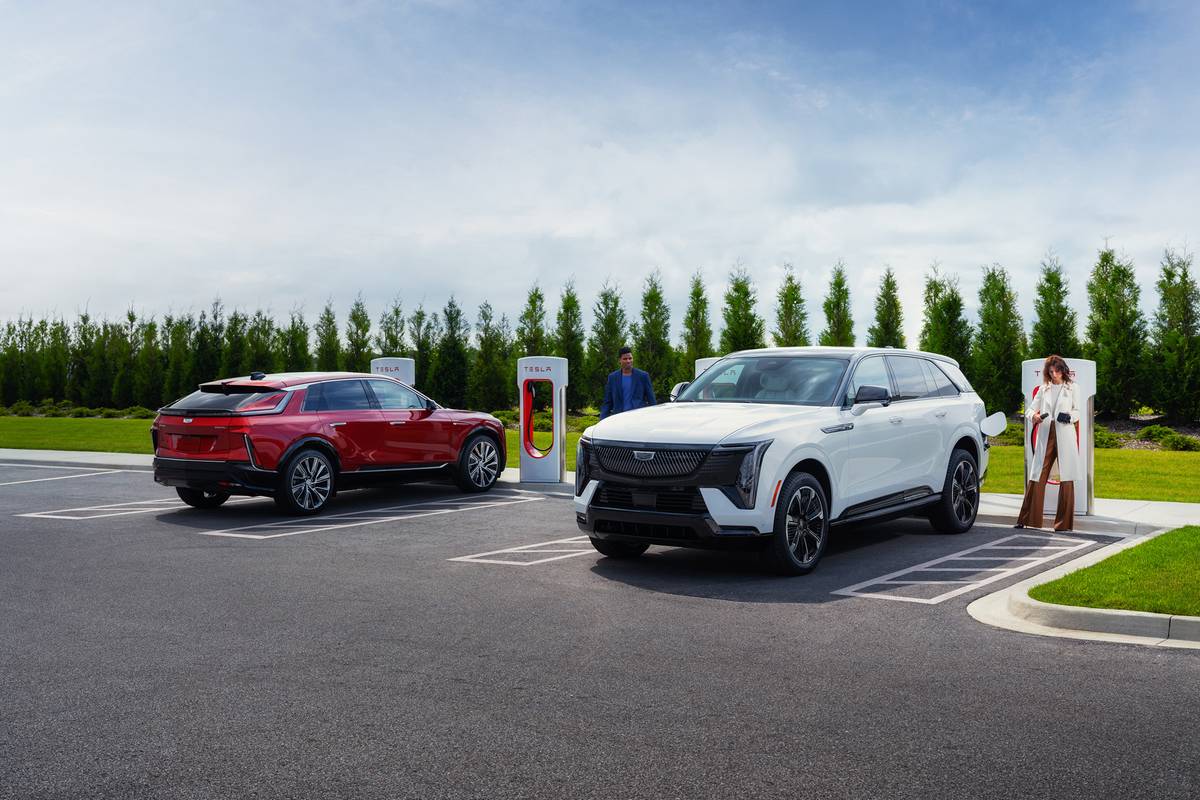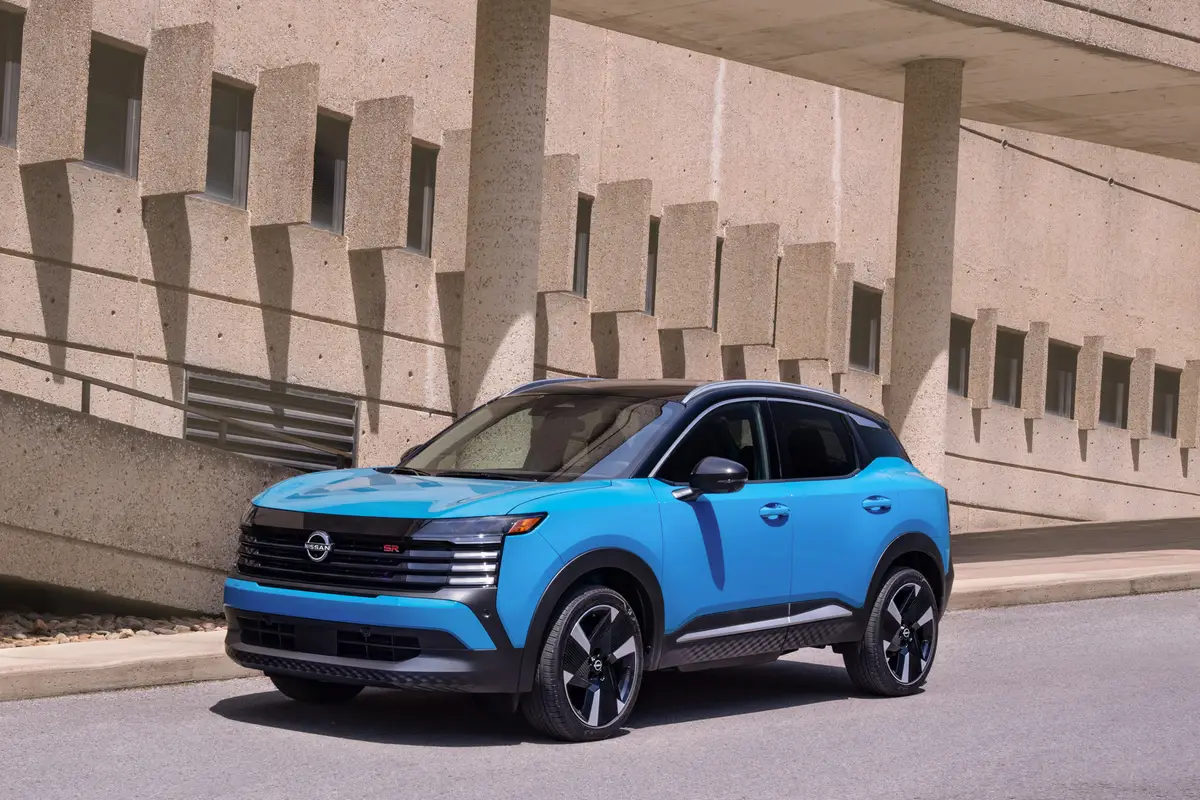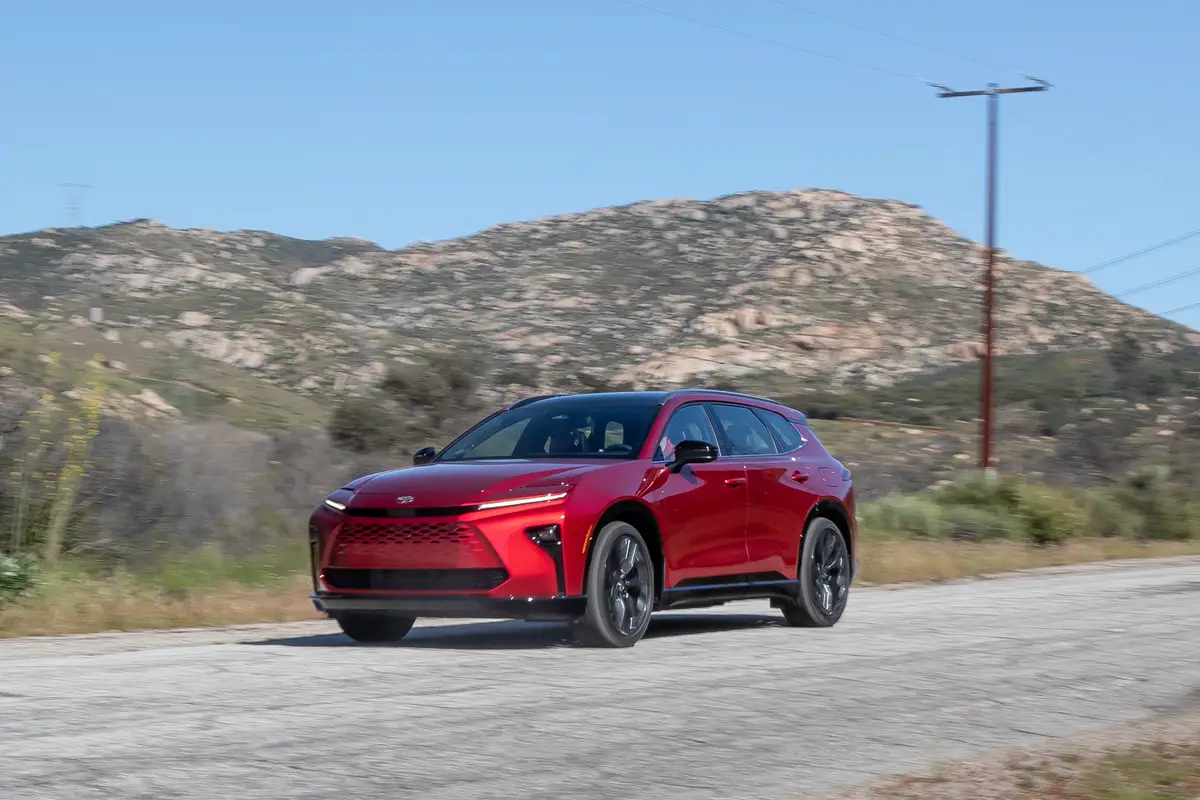Star-Telegram.com's view
Honda, you’ve won another fan — at least for the Element.
My significant other has had a change of heart. She now believes that the compact Element crossover utility vehicle is “pretty nice,” according to a pronouncement she made after a 2007 model was delivered to our home recently for testing.
I was surprised.
Jayne, who only occasionally weighs in with a strong opinion on anything, was no fan of the Element when Honda introduced it three years ago.
After seeing the boxy vehicle for the first time, in November 2003, she said she found it to be quite unappealing. And although she conceded that it was probably a solid vehicle mechanically, she said she would be embarrassed to have a man pick her up for a date driving an Element.
In a dramatic turnaround, last week she willingly went to dinner with me in the 2007 Element. When I reminded her that she had found the vehicle repugnant the last time I had one, she said the words that some people rarely hear from their significant others: “I was wrong.”
My initial opinion of the Element was quite the opposite. I’ve thought all along that it was a nice-looking vehicle with a lot of utility. But then, Honda did aim the Element at men, particularly young and single, while the automaker’s other compact sport utility, the CR-V, was aimed more at women and young families. (One of those, however, resides in my own garage, not the Element.)
And since its arrival, more men than women have bought the Element, although the vehicle does have a strong following among women – perhaps stronger than Honda had expected.
For 2007, the Element has received some significant improvements, including “freshened styling,” as Honda puts it. So while the vehicle still has its boxy shape, there are some subtle differences that perhaps are responsible for changing my wife’s opinion. Our test model was a new version of the Element for ’07 – the SC model. It comes dressed up in “Street Custom” styling, with a sport-tuned suspension and some premium features, Honda says.
While the base Element LX model, with two-wheel drive and a five-speed manual gearbox, begins at $18,900 (plus $595 freight), the uplevel SC starts at $22,695 with manual gearbox. For $800 more, you can get the new five-speed automatic that arrived for 2007, replacing last year’s four-speed.
The SC is offered only with two-wheel drive.
Four-wheel drive versions of the base LX and midlevel EX trims begin at $20,300 and $22,310, respectively.
All Elements for 2007 come with the same 2.4-liter four-cylinder engine, but it has 10 more horsepower than last year’s.
The engine is now rated at 166 horsepower and 161 foot-pounds of torque. Unlike some other compact SUVs in this class, including the similar new Toyota FJ Cruiser, no V-6 engine is offered.
Despite the power increase, fuel economy remains the same for the manual-transmission models – 21 miles per gallon in the city and 25 on the highway (two-wheel drive) – but has increased slightly with the automatic transmission.
With the new automatic, the city rating remains 22 mpg, but the highway number is now 27, up from last year’s 26. All of these figures will decrease slightly for 2008, however, as new EPA fuel-economy computation rules take effect.
Besides some exterior tweaks, the boost in power and the new transmission, the Element also benefits from some new standard safety equipment this year.
Included are seat-mounted side air bags for the driver and front passenger, side-curtain air bags for both rows of seats, a tire-pressure monitoring system, and electronic stability control.
Also standard are four-wheel antilock disc brakes with electronic brakeforce distribution.
LX and EX enhancements include a new grille and headlights, a drive-by-wire throttle system, new interior colors with black urethane flooring, integrated front seat belts, Honda’s Maintenance Minder system, new gauges, and more.
As for our SC model, it includes 10 “additional exclusive features,” Honda says. They include the sport-tuned suspension with lowered ride height; 18-inch wheels; and some special exterior touches, such as a “aero” grille, projector-beam headlights, and painted bumpers.
Inside, unique SC features include a carpeted floor (first and second rows), a center console with a storage compartment, piano-black trim, and special seat fabrics and trim. The Element still has room for just four people, one of its major drawbacks for family use. There are four captain’s chairs that are quite comfortable, and those riding in the back have lots of leg room, as well as room to spread out to the side.
The utility value of the Element comes from the available cargo configurations. The rear seats can be folded flat or to the side, or removed completely. With both rear seats in place, there is 25.1 cubic feet of cargo space. But with the seats folded, that expands to 70.1 cubic feet; and to 74.6 with the rear seats removed.
Messy cargo can be accommodated as well, at least in the LX and EX models. The urethane-coated floor can be cleaned easily, and the seat fabric is designed to resist moisture, Honda says. Adding the carpet to the SC model takes away some of that versatility, though.
The SC’s center console also includes an auxiliary input jack for the car’s audio system, allowing for direct connection of an iPod or other MP3 player. It also has two large cupholders.
Copper color replaces the standard blue illumination on the gauges in the SC model, and “tattoo” print fabric is used on the seats and door panels.
While the base LX model comes with a four-speaker AM/FM/CD audio system, both the EX and SC models get a seven-speaker, 270-watt system with MP3 playback capability and standard XM satellite radio (a subscription to XM costs extra). The uplevel system includes steering-wheel-mounted controls. That system also has a subwoofer, which is mounted in the instrument panel.
Also new for 2007 on all models are front seatbelt that are attached to the back of the seats rather than the doors or side pillars.
The Element continues to have four doors, which include two rear-opening doors that can’t be opened until the front doors have been opened.
The rear hatch comes in two pieces – the larger one flips up, and the shorter piece drops down to form a tailgate.
One thing Honda has been good at is providing plenty of interior storage bins and spaces, including ones for cell phones, CDs and large drinks. The Element has five cupholders, and there is a floor-mounted tray between the front seats in the LX and EX, which helps keep items from sliding all over the floor. There also is a tray above the glove box.
On EX and SC models, there is an overhead storage bin as well as seatback storage pockets and six hooks for securing cargo. All four doors have storage pockets. The LX and EX models also have new grilles and headlights for 2007, featuring black inner surfaces.
All Elements have dent-resistant composite fenders, which are black on the LX and body-colored on the EX and SC.
The SC’s 18-inch alloy wheels are a first for Honda, the company says. They come with P225/55R18 tires.
Also, the SC has “exclusive spring and damper tuning” that is 30 percent firmer than on the LX and EX models, Honda says. The suspension is designed to give the SC a tuner-car look; it lowers the vehicle’s ride height by three-quarters of an inch. The steering has a faster turning ratio than on the other models.
Oddly, the model Honda provided for testing had the manual gearbox, which is not new; I would have preferred to try the new automatic, which is the transmission that most Element buyers will choose anyway. Honda says the automatic has “intuitive shift points” to minimize the irritating gear-hunting that is often prevalent with automatics on hills. Unfortunately, I can’t tell you how well it works since I wasn’t given the opportunity to try it.
I’m not sure why the real-time four-wheel-drive system isn’t offered on the SC model – it’s useful to help maintain traction even on dry roads. It’s the same system used on the CR-V, which is built on the same chassis as the Element. Both are derived from the Civic car platform.
The Element is built in the same plant with the Civic and CR-V in East Liberty, Ohio.
At a Glance: 2007 Honda Element The package: Compact, four-door, four-passenger, front- or all-wheel-drive, four-cylinder-powered, crossover utility vehicle. Highlights: Significantly enhanced for 2007, with a new SC or “Street Custom” model added to the lineup, this is a boxy utility vehicle similar to the Toyota FJ Cruiser. It has slightly more power this year, as well as more standard safety features including side-curtain air bags and electronic stability control. Negatives: Rear seat holds only two people; interior is noisy at highway speeds, and the ride is a bit rough. Engine: 2.4-liter inline four-cylinder. Transmissions: Five-speed manual; five-speed automatic ($800 extra). Power/torque: 166 hp/161 foot-pounds. Length: 169.3 inches (LX model); 170.3 inches (EX, SC models). Electronic stability control: Standard. Side air bags: Front seat-mounted, side-curtain both rows, standard. Curb weight: 3,433-3,661 pounds. Cargo volume: 25.1-77.1 cubic feet. Towing capability: 1,500 pounds. Fuel capacity/type: 15.9 gallons/unleaded regular. EPA fuel economy: 21 miles per gallon city/25 mpg highway (manual, 2WD); 22 city/27 highway (automatic, 2WD). Major competitors: Toyota FJ Cruiser, Subaru Forester. Base price range: $18,900-$23,445, plus $595 freight. Price as tested: $23,290 including freight (SC model, manual gearbox, 2WD). On the road rating: 8.4 (of a possible 10).
Latest news



